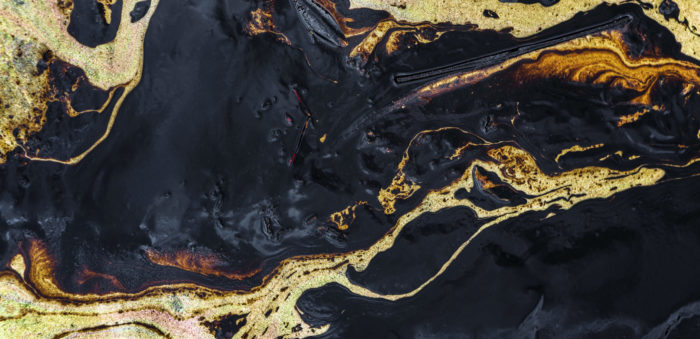Oil spill incidents seem to occur more nowadays. Thinking of major oil spills, there were three major ones that took place in the US, starting from Santa Barbara in 1969, Exxon Valden in 1989 and Deepwater Horizon in 2010.
According to Ocean Conservancy, the three oil spills highlight a pattern according to which a major offshore oil disaster occurs in the United States every two decades. Each spill is worse than the last, increasing from 3 million to 11 million to 210 million gallons spilled. And Congress’ response to the spills has diminished.
This pattern shows what can be prevented and do better in the future.
- A major oil spill every 20 years
The Santa Barbara oil spill took place on January 1969. A blowout occurred about six miles from the coast on an oil platform operated by Union Oil. The next ten days from the day of the blowout, more than three million gallons of oil polluted the ocean waters, coastlines and island shores.
The oil spill resulted to thousands of birds and marine mammals being killed, and remained in the US history as the largest oil spill.
Twenty years later, in March 1989, the Exxon Valdez—a tanker carrying more than fifty million gallons of Arctic oil—hit Bligh Reef in Prince William Sound, Alaska. Eventually, nearly 11 million gallons of oil spewed into the ocean, fouling beaches, birds and marine mammals.
Twenty-one years after the Exxon Valdez disaster, in April 2010, the Deepwater Horizon exploded and sank while drilling a deep-water exploration well in the Gulf of Mexico. Eleven people lost their lives in the tragedy, and more than 210 million gallons of oil spilled into the Gulf.
- Congressional inaction
Although the spill incidents seem to worsen, Congress’s response seems to have diminished.
The Santa Barbara spill led to some of the bedrock environmental laws in the U.S. and in California. For example, public outrage after the spill was a factor in the passage of the National Environmental Policy Act—often called the “Magna Carta” of federal environmental laws.
Because of the Exxon Valdez spill, Congress passed the Oil Pollution Act of 1990, which, among other things, mandated double-hulled tankers and made parties responsible for oil spills strictly liable for the costs of removing the oil and remediating the damage caused.
After the Deepwater Horizon disaster—the most recent and largest of the three major spills—Congress did nothing to address the series of deficiencies exposed by that accident in the regime governing offshore oil and gas operations. The lack of congressional response certainly was not because updates and changes weren’t needed.
The incident pushed President Obama to create the National Commission on the BP Deepwater Horizon Oil Spill and Offshore Drilling, which identified a series of significant statutory changes that could help prevent a disaster like the Deepwater Horizon in the future, including improving preparedness and response.
However, President Trump seems to be taking some steps back in legislation.
- The expansion of oil and gas leasing
President Trump’s direction to review existing plans and rules resulted in the release of a 2019–2024 National Outer Continental Shelf Oil and Gas Leasing Draft Proposed Program (DPP).
The DPP has drawn substantial opposition from many coastal communities and governors.
In the meantime, the enormous scope of the Trump administration’s proposal raised serious questions about the government’s capacity to properly plan and evaluate impacts on such a scale.
- Preventing the next disaster
Ocean Conservancy’s author, Michael LeVine supports that steps could be taken to protect important places and prevent drilling and other operations in risky places.
As LeVine quotes
As an initial step, let’s tell President Trump that his efforts to expand offshore leasing are unnecessary and unwise. The Administration needs to hear from thousands of people like you from across the country that it’s not ok to put important places in our ocean at risk.































































